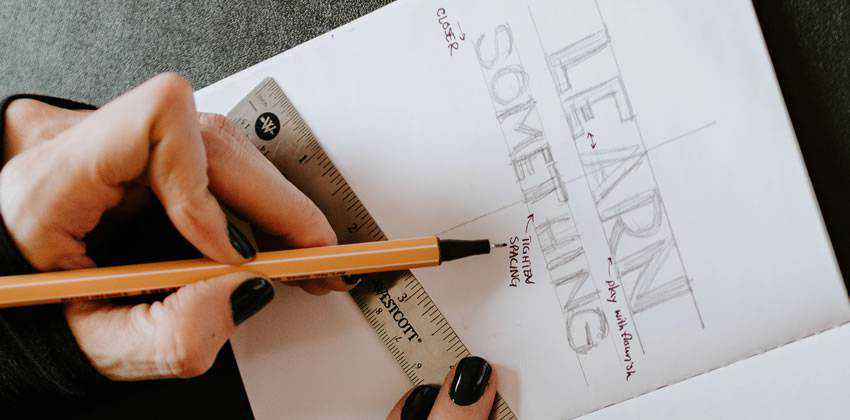How Teaching Will Help You Become the Best Designer You Can Be
It’s been said many times that, if you want to learn more, you should teach. Taking on proteges, apprentices, students – whatever you want to call them – who will appreciate and absorb your knowledge not only boosts your ego, it can also help you learn and grow as a designer.
And no, you don’t have to become an actual teacher at a school or university. Even something as simple as writing a blog post or a tutorial can be immensely informative for you as well as your readers. But what, specifically, does teaching help you learn from a design perspective?
We’re going to explore some of the key ways that teaching will help you become the best designer you can be. If that’s not an incentive to get out there and impart your wisdom, I don’t know what is.
You Learn To See Through A Client’s Eyes
It’s true. By taking on a student, you learn to better understand what a client sees and understands when they are presented with your work. Students are inexperienced; maybe not as inexperienced with design as the average client, but still pretty new to the industry.
What they see when they look at your work is almost the equivalent to that of a client – someone unburdened by the standards and expectations of the design industry, who is looking with fresh eyes. Through their feedback, you can better refine your designer’s eye to continually benefit from a fresh perspective.
You Communicate Your Ideas Better
Teaching helps you not only see your own work through a new perspective, it helps you gain clarity in the way you explain your ideas.
You learn not only what people are struggling with through their feedback, you also learn how to effectively communicate information so that people will understand and be able to replicate your results. By breaking down how to achieve a certain effect, you test different delivery methods, seeing what works with your audience and what doesn’t.
People who’ve been teaching for awhile tend to have a certain confidence about them when explaining and presenting ideas to others. After you do it long enough, you learn what works and what doesn’t when it comes to communicating.
Like a veteran actor who’s mastered the art of ad libbing, you can test and adjust your delivery, the exact words you choose, your tone of voice, and many other details that help you cultivate an enthusiastic and dynamic audience who completely understands what you’re saying.

Your Expert Status Means More Clients
There’s a horribly inaccurate saying that you’ve probably heard when it comes to teaching, which is: those who can, do; those who can’t, teach. I don’t agree with this statement at all, and neither did the dozens of highly successful industry leaders who taught at my design school. These teachers had no problem “doing” – getting clients and maintaining multiple income streams better than many online marketers.
When you teach, you can leverage your own “expert” status to get more clients. Clients are much more comfortable with designers who have instructed and inspired others. Why? Because it immediately establishes credibility. No one would hire a teacher who didn’t know what they were doing, right? (I’m choosing to look at the bright side here.)
You Make Better Design Decisions
When you work with students, you need to make snap judgments about the quality of their designs on a constant basis. You have to, if you’re going to be giving them sound advice as to how they should best proceed with their projects. As a result, you develop your eye for when any design, not just your own, needs adjustment, and how best to do it.
This type of design training happens quicker than even working with clients on a regular basis. Why? Clients simply give you their approval or non-approval of the project, which you then incorporate into making the work better suited to their needs.
With a student, you’re dealing with someone who requires a thorough, working explanation of why you’re making a change to the design. This is something you yourself will have to ponder as you come up with your reason. You repeatedly see what works and what doesn’t, and you’re far less likely to make those types of mistakes in your own work.

You Become An Industry Leader
Lastly, the absolute best thing about teaching is that you get to give back. Through becoming an authority on design matters, you help others who are less knowledgable than you are and help to build your industry with new talent. This is how the industry grows and remains strong; the constant passing down of wisdom and experience to younger generations.
Helping to build up the design industry can teach you a lot about leadership, not only on a small scale with your students, but also in making major decisions that can affect the entire industry. An opinion you have, as an industry leader, can foster the birth of a massive trend. A word you say against a particular practice can have huge, unforeseen consequences.
There is a lot of responsibility involved in this type of leadership, because so many people listen to you. Should you be so fortunate to become a leader in the industry, remember to use your power wisely and help to steer young designers toward a bright future.
The post How Teaching Will Help You Become the Best Designer You Can Be appeared first on Speckyboy Design Magazine.





